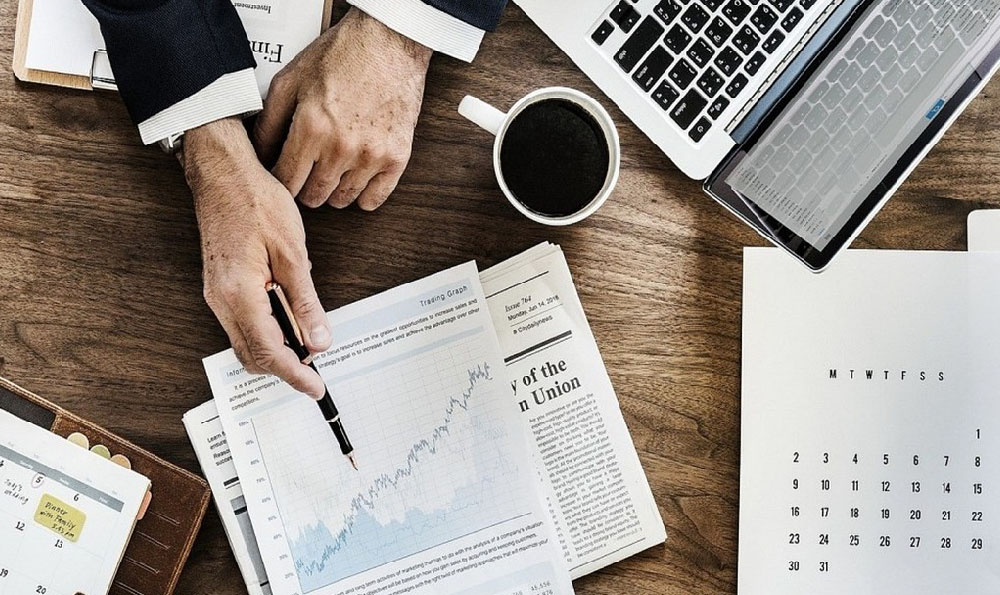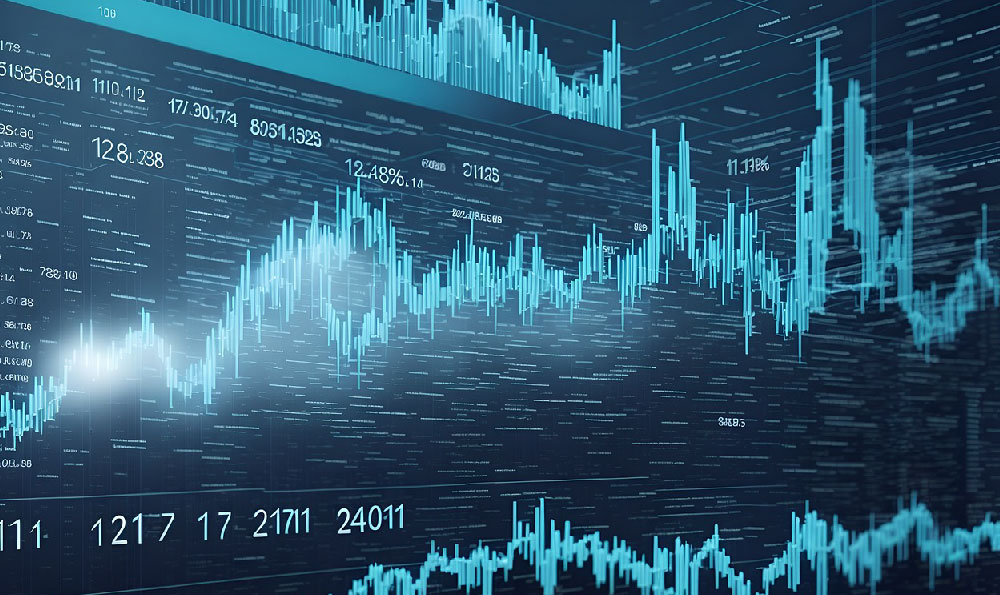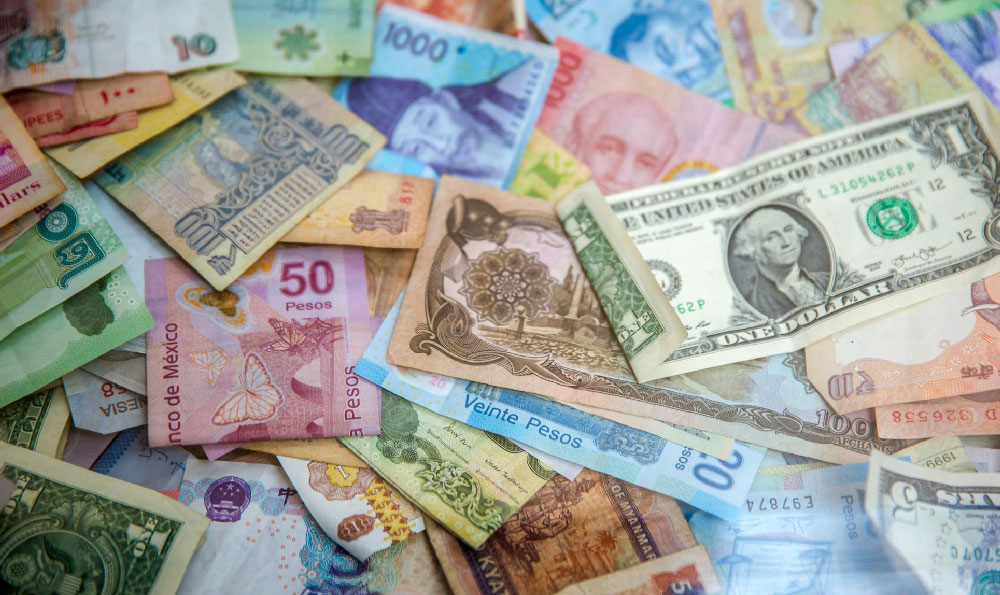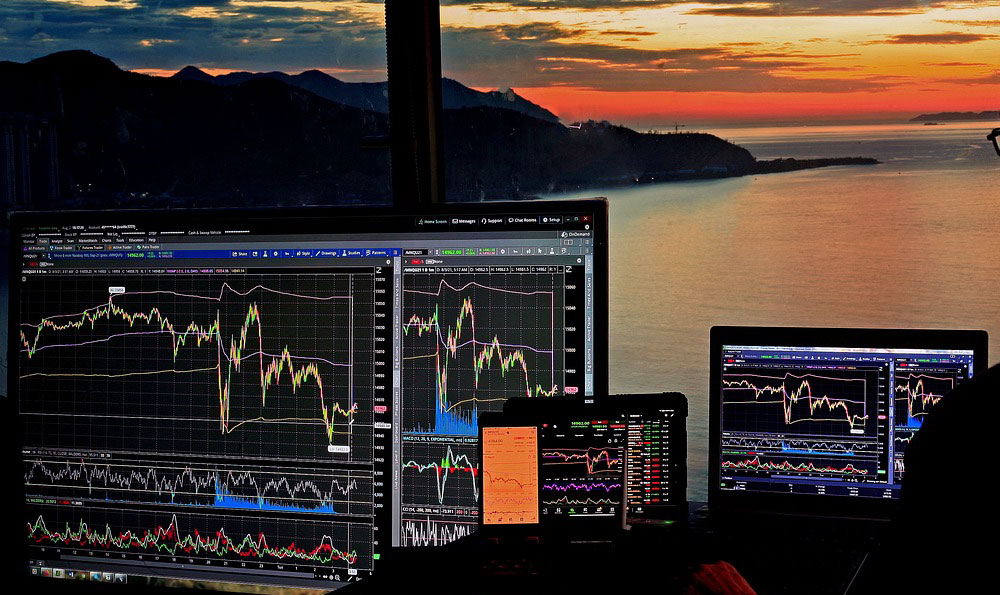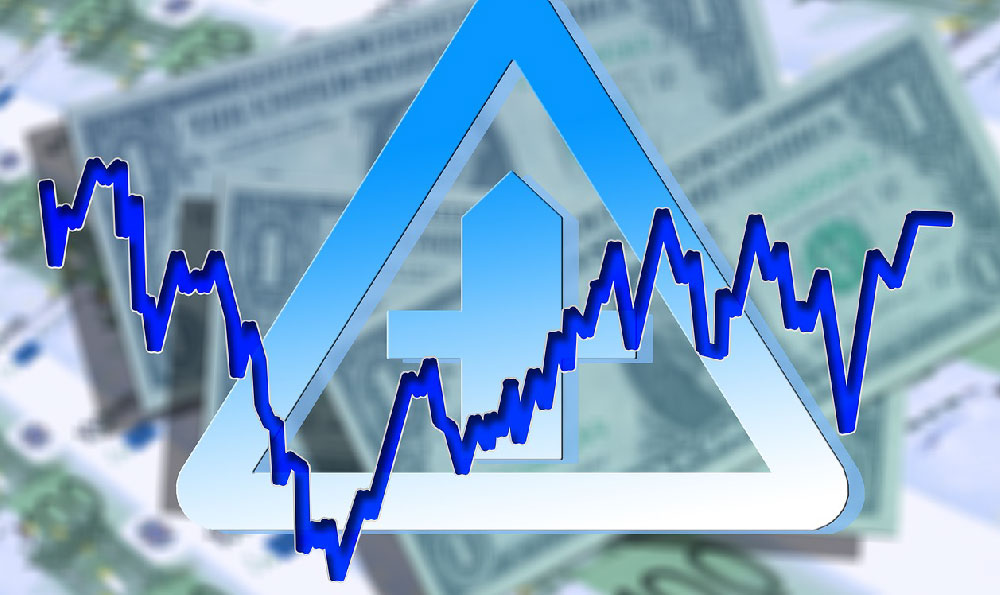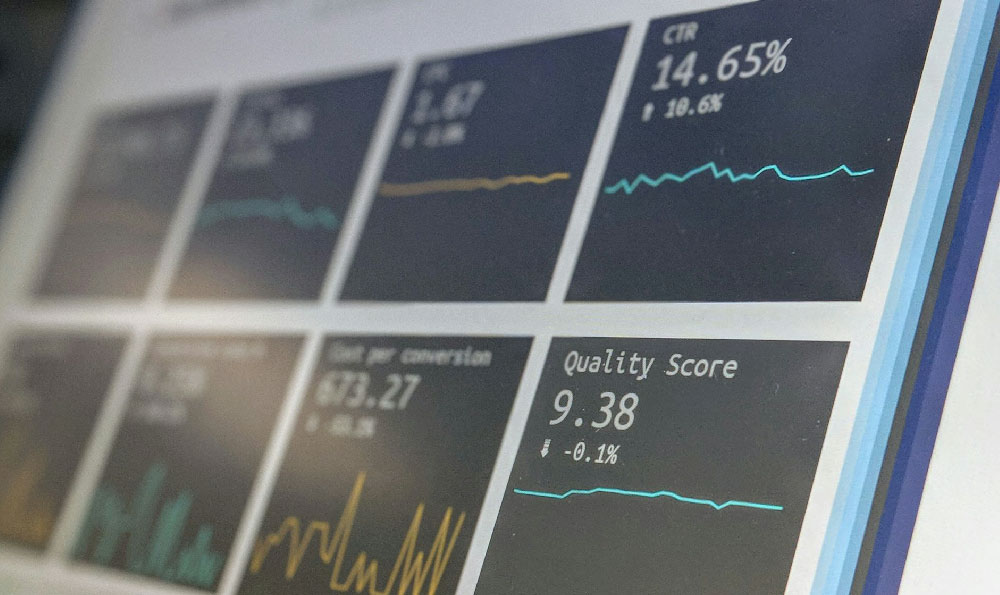Copper ETF Investing: A Comprehensive Guide
Copper, often dubbed "Dr. Copper" for its supposed ability to predict global economic health, is a vital industrial metal used extensively in construction, manufacturing, and electronics. Its demand is closely tied to economic growth, particularly in emerging markets like China and India, making it a popular commodity for investors seeking exposure to global economic trends. One accessible and efficient way to invest in copper is through Copper Exchange Traded Funds (ETFs). This guide aims to provide a comprehensive understanding of copper ETFs and how you can start investing in them.
Understanding Copper ETFs
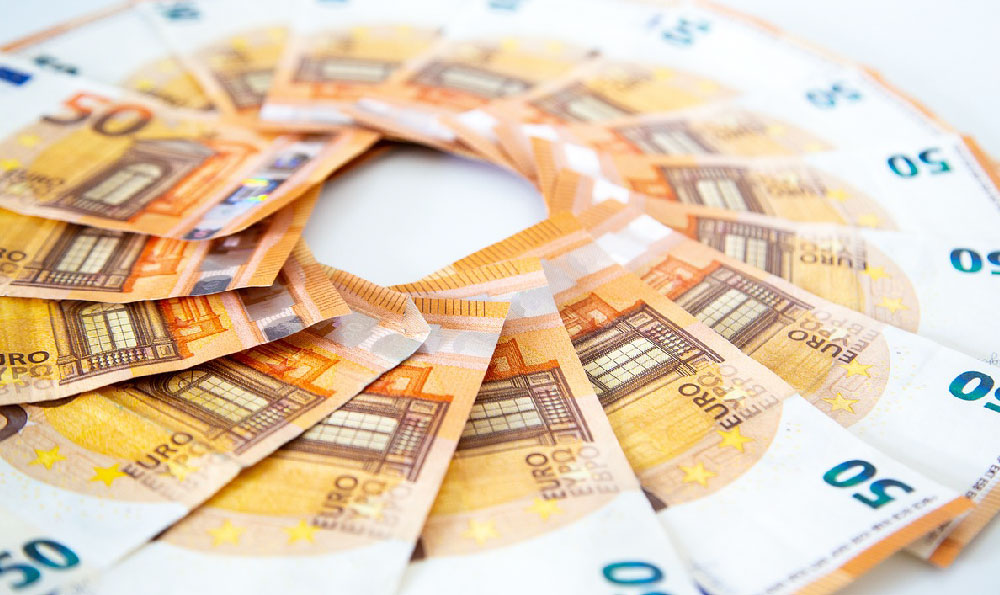
Copper ETFs are investment funds that hold physical copper or invest in copper futures contracts. These ETFs trade on stock exchanges like regular stocks, providing investors with an easy way to gain exposure to the price movements of copper without directly owning or storing the metal. There are two main types of copper ETFs:
-
Physical Copper ETFs: These ETFs hold physical copper in secured warehouses. Their performance is closely tied to the spot price of copper, reflecting the current market value of the metal. While providing a direct correlation to copper prices, they often have higher expense ratios due to the costs associated with storing and insuring the physical commodity.
-
Copper Futures ETFs: These ETFs invest in copper futures contracts, which are agreements to buy or sell copper at a predetermined price and date in the future. These ETFs track the performance of copper futures indexes. Investing in futures contracts introduces complexities related to "contango" and "backwardation." Contango occurs when futures prices are higher than the spot price, which can erode returns as the ETF rolls over its futures contracts. Backwardation occurs when futures prices are lower than the spot price, potentially boosting returns during rollover.
Why Invest in Copper ETFs?
Investing in copper ETFs offers several potential benefits:
-
Diversification: Copper has a low correlation with traditional assets like stocks and bonds, making it a valuable tool for diversifying your investment portfolio. Adding copper to your portfolio can help reduce overall portfolio volatility and potentially enhance returns.
-
Inflation Hedge: Commodities like copper tend to perform well during periods of inflation. As the value of currency decreases, the price of commodities like copper tends to increase, preserving purchasing power.
-
Exposure to Global Economic Growth: As mentioned earlier, copper demand is heavily influenced by economic growth, especially in emerging markets. Investing in copper ETFs allows you to participate in the growth of these economies.
-
Liquidity and Accessibility: Copper ETFs are highly liquid, meaning they can be easily bought and sold on stock exchanges. This accessibility makes them a convenient investment option for both individual and institutional investors.
-
Transparency: Copper ETFs provide transparency by disclosing their holdings and investment strategies. This allows investors to understand exactly what they are investing in.
How to Choose a Copper ETF
Selecting the right copper ETF is crucial for achieving your investment goals. Consider the following factors:
-
Investment Objective: Determine whether you prefer an ETF that holds physical copper or invests in copper futures contracts. Physical copper ETFs offer a more direct correlation to the spot price, while futures ETFs introduce complexities related to contango and backwardation.
-
Expense Ratio: The expense ratio is the annual fee charged by the ETF to cover its operating expenses. Lower expense ratios are generally preferable, as they reduce the cost of investing.
-
Trading Volume and Liquidity: High trading volume indicates that the ETF is actively traded, making it easier to buy and sell shares without significantly impacting the price.
-
Tracking Error: Tracking error measures the difference between the ETF's performance and the performance of its underlying benchmark index. Lower tracking error indicates that the ETF is accurately tracking the price of copper.
-
Fund Size: Larger ETFs tend to be more liquid and have lower expense ratios.
-
Issuer Reputation: Choose ETFs from reputable issuers with a strong track record of managing commodity ETFs.
Getting Started: A Step-by-Step Guide
-
Open a Brokerage Account: You'll need a brokerage account to buy and sell ETFs. Choose a reputable broker that offers competitive commissions and a wide range of investment options.
-
Research Copper ETFs: Use online resources like ETF screeners and financial news websites to research different copper ETFs. Compare their investment objectives, expense ratios, trading volumes, and tracking errors.
-
Determine Your Investment Strategy: Decide how much of your portfolio you want to allocate to copper ETFs. Consider your risk tolerance, investment time horizon, and overall financial goals.
-
Place Your Order: Once you've chosen a copper ETF and determined your investment strategy, you can place your order through your brokerage account. You can choose to buy shares at the current market price or place a limit order to buy shares at a specific price.
-
Monitor Your Investment: Regularly monitor the performance of your copper ETF and make adjustments to your portfolio as needed. Keep an eye on market trends, economic indicators, and news related to the copper market.
Risks to Consider
While copper ETFs offer several benefits, it's important to be aware of the potential risks:
-
Price Volatility: Copper prices can be highly volatile, influenced by factors such as global economic growth, supply disruptions, and geopolitical events.
-
Contango and Backwardation: As mentioned earlier, copper futures ETFs are subject to contango and backwardation, which can impact their returns.
-
Storage Costs (Physical Copper ETFs): Physical copper ETFs incur storage costs, which are reflected in their expense ratios.
-
Counterparty Risk (Futures ETFs): Copper futures ETFs involve counterparty risk, which is the risk that the other party to the futures contract may default.
-
Geopolitical Risk: Political instability in copper-producing regions can disrupt supply and impact prices.
Conclusion
Investing in copper ETFs can be a valuable strategy for diversifying your portfolio, hedging against inflation, and gaining exposure to global economic growth. By carefully researching different copper ETFs, understanding the associated risks, and developing a sound investment strategy, you can potentially enhance your portfolio's performance and achieve your financial goals. Remember to consult with a qualified financial advisor before making any investment decisions. Investing in any commodity-based ETF involves its own set of risks and requires a thorough understanding of the market dynamics at play. With due diligence and a well-thought-out approach, copper ETFs can serve as a useful addition to a diversified investment portfolio.


